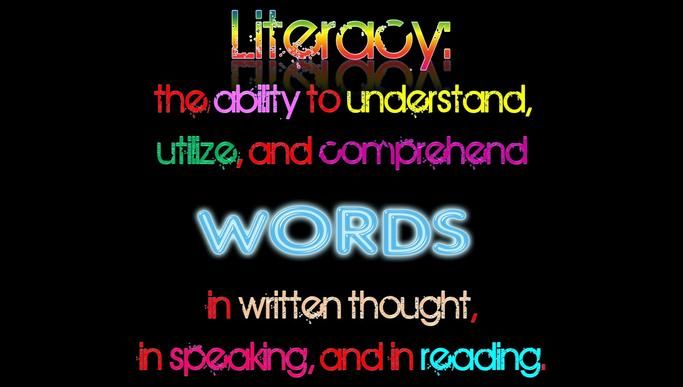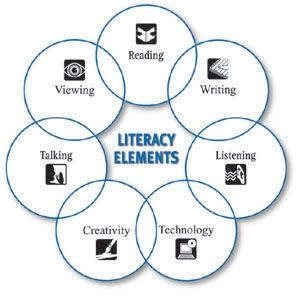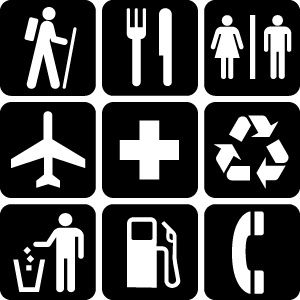'What is multiliteracy?' you may be asking yourself. The first time I heard the term, my definition of multiliteracy was 'multiple forms of literacy that can be viewed, read or shown'. Now, further in my learning, I believe it to be so much more.
Multiliteracy, a term coined by the New London Group, is the evolution of literacy in the modern world. As technology has begun to exponentially thrive and advance in our generation, the need for literacy has grown immensely. According to the New London Group, we look at multiple dimensions in which we create understanding, such as visual, spatial, gestural, auditory and linguistic. These semiotic systems are what are used in order to make meaning from texts in many different ways.

The New London Group (1996) argue that the purpose of education is to "ensure that all students benefit from learning in ways that allow them to participate fully in public, community and economic life". With technology advancing, many forms of social media are accessed as part of our everyday life. We are essentially preparing the generation of today to be the adults of tomorrow, and so it makes sense that we should be teaching relevant text types for their generation. This is where it is suggested by multiple theorists that we must keep our pedagogy ever-changing, allowing ourselves to be up to date with current norms and technology in order to efficiently teach it, as you cannot teach that which you do not know or understand.
Another theorist, Paulo Friere, has likened literacy to an onion, where the more literate we become, the more we see the complex layers within. This can be said about multiliteracies, as we are learning to see beyond the surface of a text or message and look and communicate ideas through a more effective means, thus gaining a more in depth understanding.
References
Friere, P. and Macedo, D. (1987). Literacy: Reading the Worl and the World. Hadley, MA: Bergin and Garvey.
New London Group. (1996). A Pedagogy of Multiliteracies: Designing Social Futures, 36(1), 60-92
Pictures and Clips:
Elearning (n.d) Social Media Retrieved from http://www.elearning-africa.com/eLA_Newsportal/wp-content/uploads/social_media.jpg
Literacy and Technology, Hands On. (n.d) ‘A Post-School
literacy program for individuals with an Intellectual Disability. Retrieved
from http://www.latch-on.net/literacyelements.html
Phenicle, J.D. (n.d) ‘Onion Layers’ Retrieved from http://3.bp.blogspot.com/_oOBuePfz0hA/
TG04ka72m7I/AAAAAAAAAAU/jhwv5W9TKfg/s1600/onion.jpg
TG04ka72m7I/AAAAAAAAAAU/jhwv5W9TKfg/s1600/onion.jpg
Youtube.com (n.d) Multilteracies Final Retrieved from http://www.youtube.com/
watch?feature=player_embedded&v=OHSQZZTYfdc
watch?feature=player_embedded&v=OHSQZZTYfdc
Wikispaces.com (n.d) Retrieved from http://literacy-in-maths.wikispaces.com/file/view/Literacy%
20Definition.jpg/366543186/683x387/Literacy%20Definition.jpg
20Definition.jpg/366543186/683x387/Literacy%20Definition.jpg
Wordpress.com (n.d) Retrieved from http://ldeare1.files.wordpress.com/2011/06/51.jpg




No comments:
Post a Comment